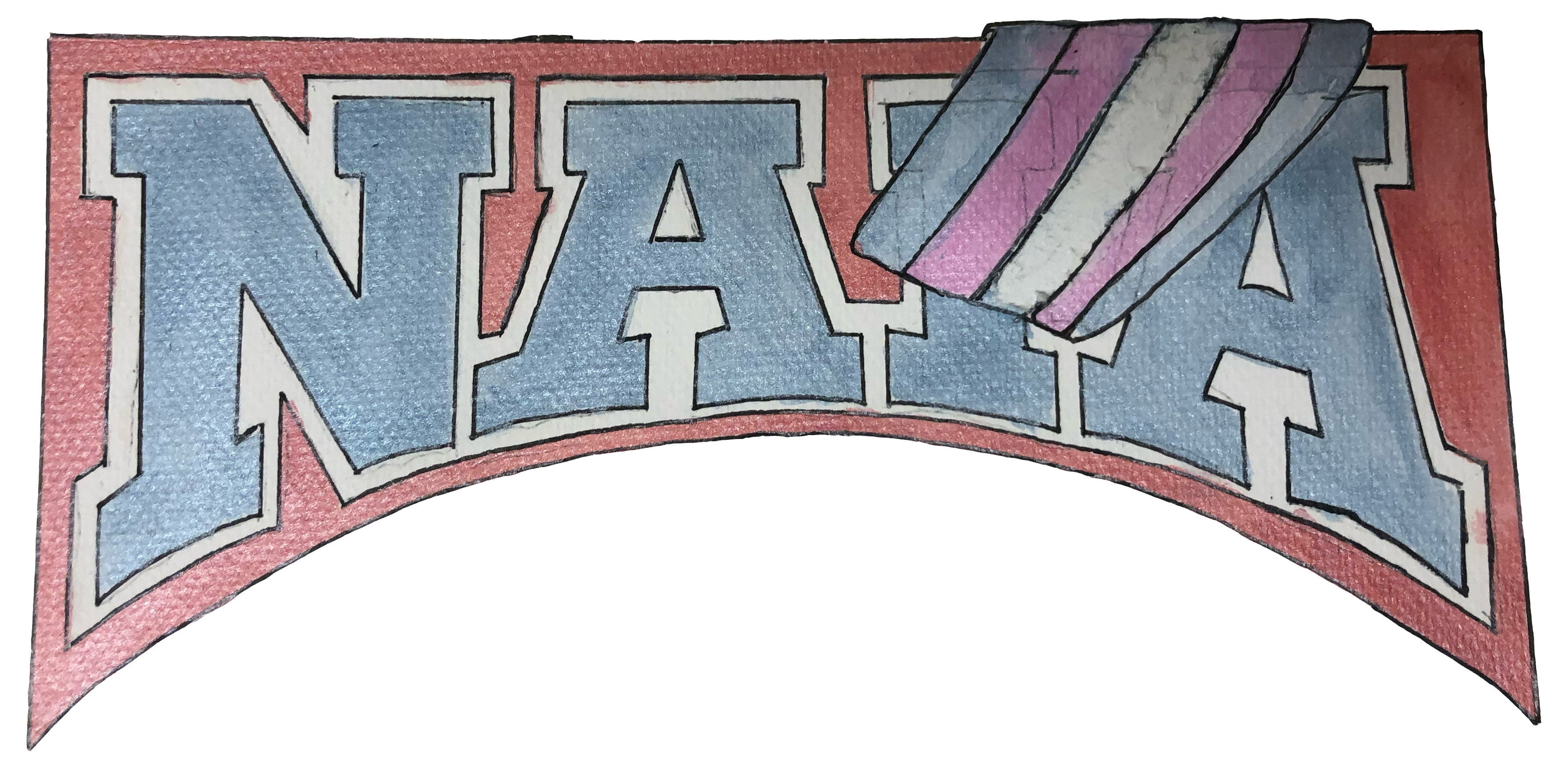The National Association of Intercollegiate Athletics, Goshen College’s athletics association, instituted a new policy with regards to transgender athletes on Monday. The policy limits participation in women’s sports to those who were assigned female at birth.
This means that transgender women, who may present as and identify as women but were assigned male at birth, will be unable to compete in women’s athletics. Additionally, any female-born athletes who have begun hormone treatment may not participate in women’s sports. Any athlete, however, will be allowed to participate in men’s sports.The decision was voted on by the NAIA Council of Presidents, who approved the vote 20-0. GC is represented by Dr. Brent Ellis, the representative for the Crossroads League and the president of Spring Arbor University. In a statement to The Record, Ellis said: “The NAIA Council of Presidents has worked diligently for the past two years, extensively reviewing existing studies and data, interviewing experts, conducting surveys, and consulting with legal professionals to arrive at this decision. We believe this is the best outcome to ensure fair and safe competition, uphold the original intention of Title IX law, and protect the integrity of women’s sports while treating all individuals with dignity and respect.”
The ruling says that people assigned male at birth who are transitioning cannot compete as women, but people assigned female at birth who have begun hormonally transitioning are allowed to compete in men’s competitions. Avery Schiller, a fourth-year math major who identifies as a transgender woman, sees some contradiction in the ruling:
“They’re not letting athletes who transition to women compete in the women’s league, which seems like it’s some denial of the physical reality that once they [undergo hormone treatment], after a period of time, they will have receded down to what is expected of women physically.
“But they are saying that trans men have to compete in the men’s league. So in one of those directions, they kind of have an implicit denial about the physical medical reality of transition. And in the other direction, they’re very much implicitly going along with that reality.”
Willow Kenneda, a senior biochemistry major who throws on the track and field team, thinks “there’s a basis for the policy when you’re starting to transition, just because your hormone levels are going to be super whack.”
However, she thinks that “if you’ve transitioned for a certain period of time, I feel like you should be able to compete at whatever gender you’re comfortable with.”
Jewel Lehman, a professor of kinesiology at GC and the faculty adviser for Advocates, said, “I disagree with the NAIA ban. I align more with the International Olympic Committee approach on this issue.
“It is not OK to ban even a small number of athletes from competition at any level. Blanket bans are discriminatory and based on irrational fears.”
The Olympic policies Lehman mentioned have been instituted to grapple with the physical realities of transitioning from male to female with more nuance than a blanket ban. The old Olympics policy allowed transgender women to compete in women’s events provided that their testosterone levels were below a set threshold for at least twelve months prior to competition. Now, governing bodies of Olympic sports are instructed to screen athletes for competition based on numerous contextualizing criteria; being transgender is not supposed to immediately signal competitive advantage.
Currently, GC does not have any athletes that would be immediately impacted by the new policy. T Rodriguez is a gender-fluid thrower, who competes for the women’s track and field team.
Rodriguez’s gender identity has been masculine-leaning from a young age. “I talked to my mom about it,” they said. “I’ve been saying I wanted to be a boy since I was like four years old. And she’s like, even before then.”
Rodriguez has been male- presenting from a young age, but will not be impacted by the new policy because they have not done any hormone treatments. Though Rodriguez is not a fan of the new policy, they see nuance in the ruling: “I trust the system for it to be about fairness,” they said. “And I don’t think that it’s about trying to bring down the trans community.
“But you can’t cherry pick what [you ban]. If you’re saying, only trans women can’t compete, then you’re pretty much saying, trans men will never be good enough to [be competitive] with the guys, and that can be kind of insulting.”
With the new policies, it’s possible that a potential NAIA athlete would forego gender-affirming care in an effort to remain eligible.
“I care enough about the sport that I would just put up with it,” Rodriguez said. “We just kind of have to go with it, but also respect the trans athletes here.”
Kyla Foster, a third-year sports management major who plays on the women’s basketball team, recognized the nuances in the issue, but spoke out in favor of transgender athletes competing in their current gender identity:
“What they want to be and what they want to play should be allowed just by their choice,” she said. “I mean, they’re transgender; they’re transitioned into a gender that they feel is more comfortable for them. So why shouldn’t they be able to play the sport that they want to play?”
Foster also spoke to the practical realities and confusion that could come with letting transgender women play only men’s sports:
“At the end of the day even if [someone is] a transgender woman … and she wants to play basketball with males, it’s still going to be weird because they’re still going to look at the outlet of what she has on and how she’s acting in that moment, rather than who she is underneath.”




